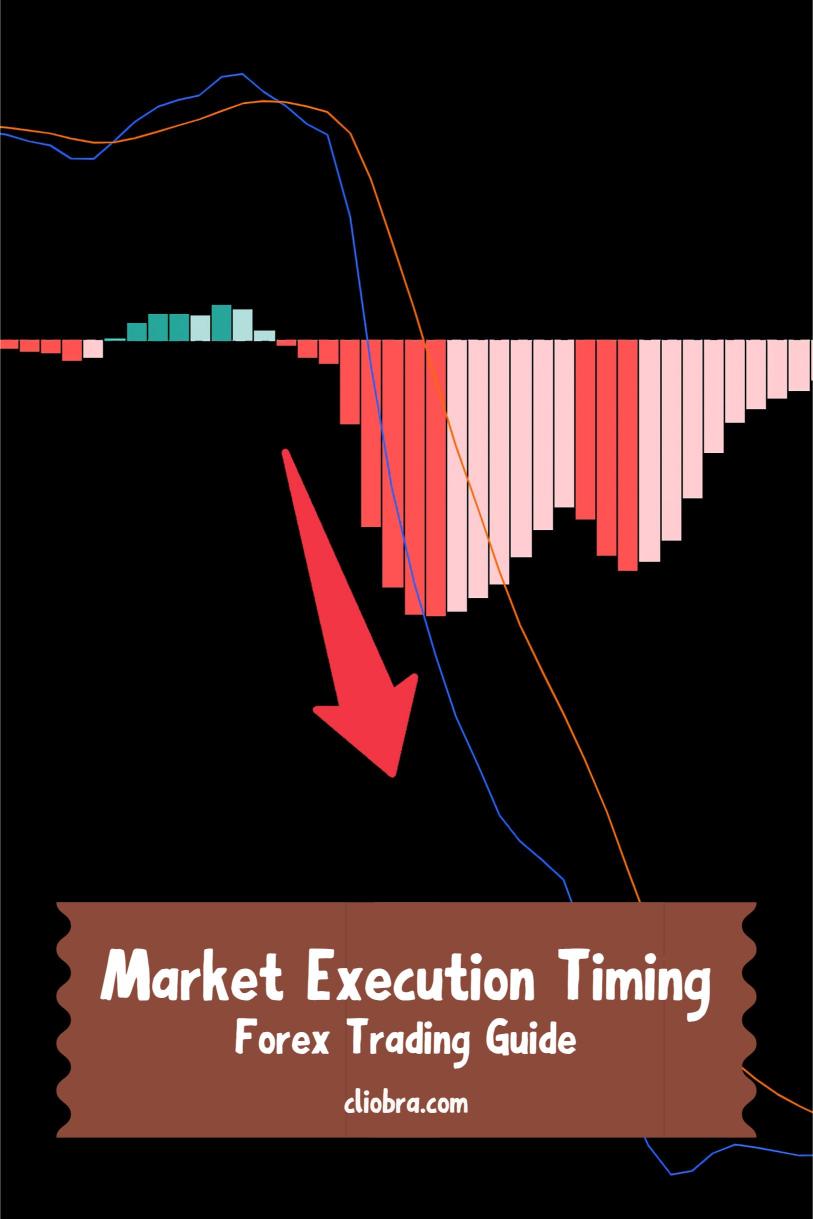Last Updated on February 12, 2025 by Arif Chowdhury
Ever found yourself staring at the charts, wondering if you’re timing your Forex entries right?
You’re not alone.
Many traders grapple with execution timing.
Missing out on the perfect entry can mean the difference between profit and loss.
So, how do you nail that timing?
Let’s dig into the concept of Market Execution Timing and how it can supercharge your Forex trading.
Understanding Market Execution Timing
Let’s break it down.
Market execution timing refers to the precise moment you enter a trade.
It’s not just about which direction the market is moving, but also about when you pull the trigger.
Why does timing matter?
- Volatility: Markets can swing wildly. Entering during high volatility can lead to slippage.
- Liquidity: More liquidity means better execution prices. Timing your trades around major market sessions helps.
- News Releases: Economic indicators can sway the market. Knowing when these are released can help you avoid or take advantage of potential moves.
The Power of Timing
Statistically, traders who pay close attention to timing see better outcomes.
According to a study, traders who focus on timing their entries effectively can improve their win rate by up to 20%.
That’s significant.
So how can you leverage this in your trading?
Tips for Mastering Market Execution Timing
- Know Your Trading Sessions
Different sessions (Asian, London, New York) offer varying levels of volatility and liquidity.- London: Generally the most volatile.
- New York: High liquidity with lots of economic news.
- Asian: Lower volatility, but can be predictable.
- Use Economic Calendars
Always keep an eye on upcoming economic events.
These can create spikes in volatility.
Plan your entries around these events. - Set Alerts
Whether it’s for price levels or news events, set alerts to keep you informed.
This way, you can react promptly to market changes. - Technical Indicators
Combine your entry with technical indicators.
Moving averages, RSI, or MACD can signal when to enter.
But remember, don’t rely solely on indicators. - Practice with a Demo Account
Before diving into live trading, practice your timing with a demo account.
This helps you get a feel for how your chosen pairs react in real-time. - Stay Disciplined
Stick to your plan.
Don’t chase the market.
Why I Trust My Trading Bots
Now, let’s talk about something that can help you with your timing: my 16 trading bots.
These aren’t just any bots.
They’re meticulously crafted to enhance your trading experience across major currency pairs like EUR/USD, GBP/USD, USD/CHF, and USD/JPY.
Here’s why they rock:
- Diverse Algorithms: Each currency pair has 3-4 bots designed to minimize correlated losses.
- Long-Term Trading: They focus on capturing 200-350 pips by using H4 charts.
- Statistically Backtested: They’ve been tested over 20 years under various market conditions.
And guess what?
You can access this entire portfolio for FREE.
Check out my 16 trading EAs portfolio to see how they can work for you.
Putting It All Together
So, how does market execution timing fit into all this?
Using the strategies we talked about, combined with my trading bots, can put you in the driver’s seat.
You’ll be ready to make informed trades and improve your entries.
Choosing the Right Broker
Finally, make sure you’re trading with a reliable broker.
The execution speed and spreads matter.
I’ve tested several brokers and recommend checking out the most trusted Forex brokers to ensure you get the best service.
Conclusion
Mastering market execution timing isn’t just about luck.
It’s about strategy, preparation, and the right tools.
By understanding when to enter the market and utilizing powerful trading bots, you can enhance your trading performance.
Remember, successful trading is a journey.
Stay disciplined, keep learning, and you’ll see the results.
